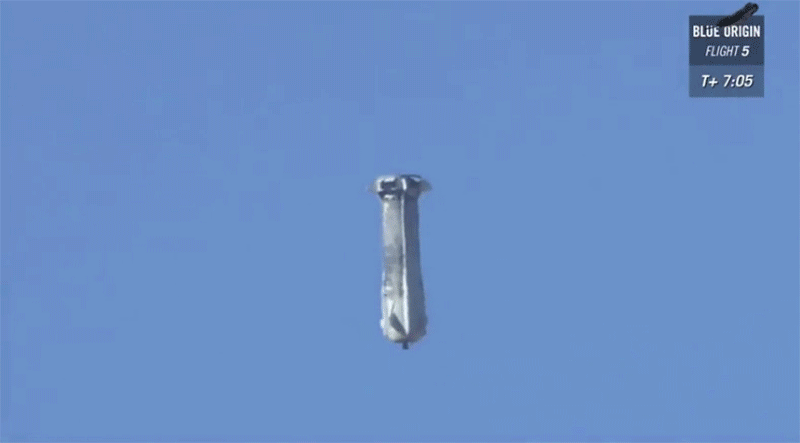

It’s all part of NASA’s Artemis program, which aims to put the first woman and next man on the moon by 2024, a deadline imposed by the White House. The sensors and computer - tested during the booster’s descent and touchdown - will hitch another suborbital ride with Blue Origin. NASA’s navigation equipment for future moon landings was located on the booster. and Canada, and tens of thousands of children’s postcards with space-themed drawings that will be returned to the young senders. The capsule carried science experiments, including 1.2 million tomato seeds that will be distributed to schoolchildren around the U.S. The booster landed vertically back at the launch complex after liftoff, and the capsule followed, parachuting onto the desert floor.

The entire flight - barely skimming space with a peak altitude of 66 miles (106 kilometers) - lasted just 10 minutes. Jeff Bezos’ Blue Origin space company launched a New Shepard rocket for a seventh time from a remote corner of Texas on Tuesday, testing new lunar-landing technology for NASA that could help put astronauts back on the moon. In this image from video made available by Blue Origin, the New Shepard rocket lifts off from its launchpad in Texas, to test new lunar-landing technology for NASA that could help put astronauts back on the moon by 2024.


 0 kommentar(er)
0 kommentar(er)
